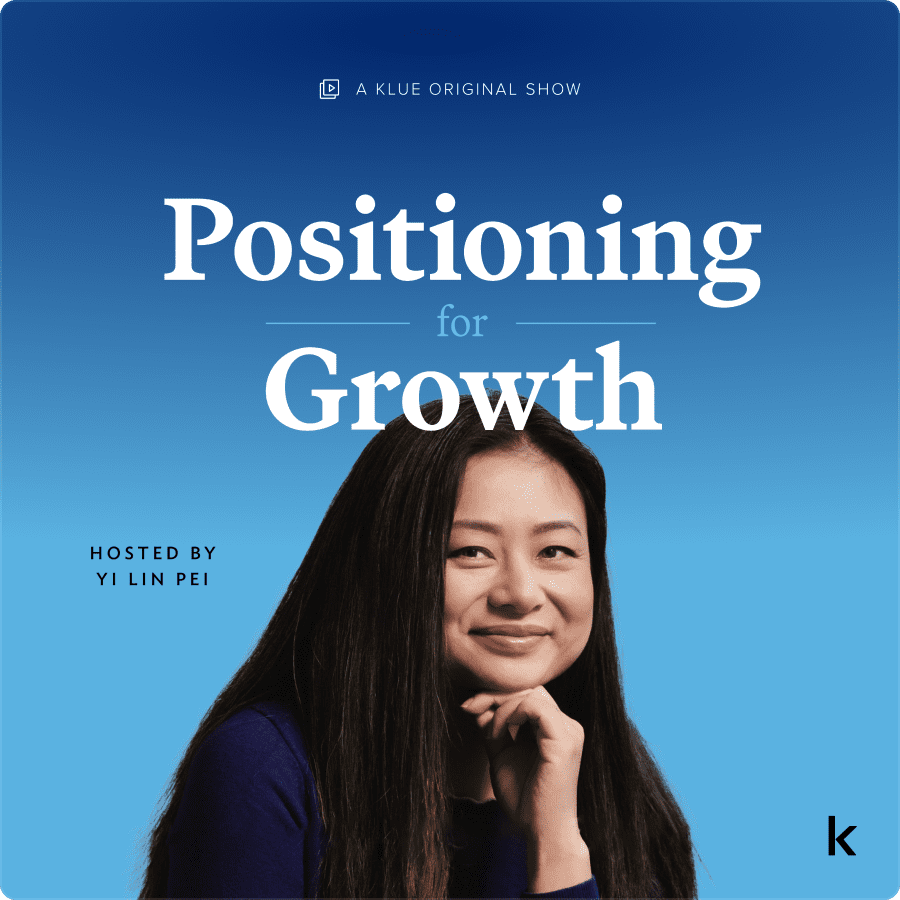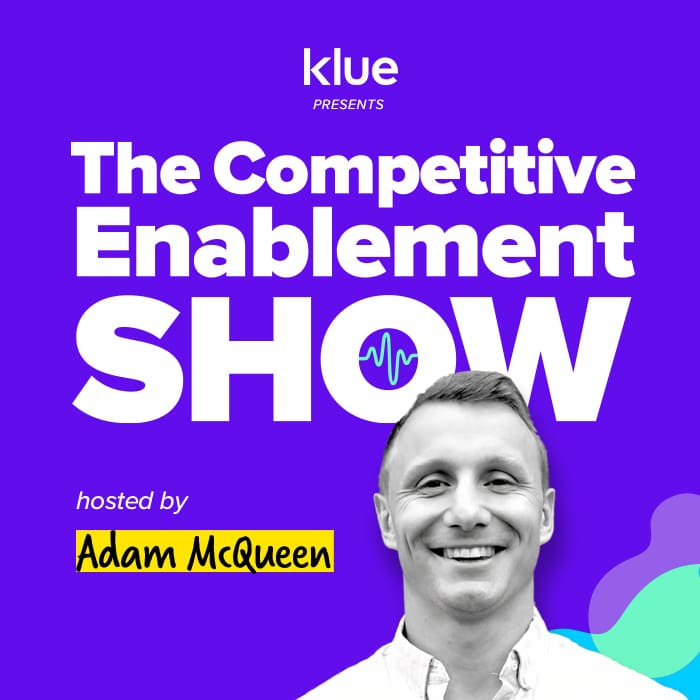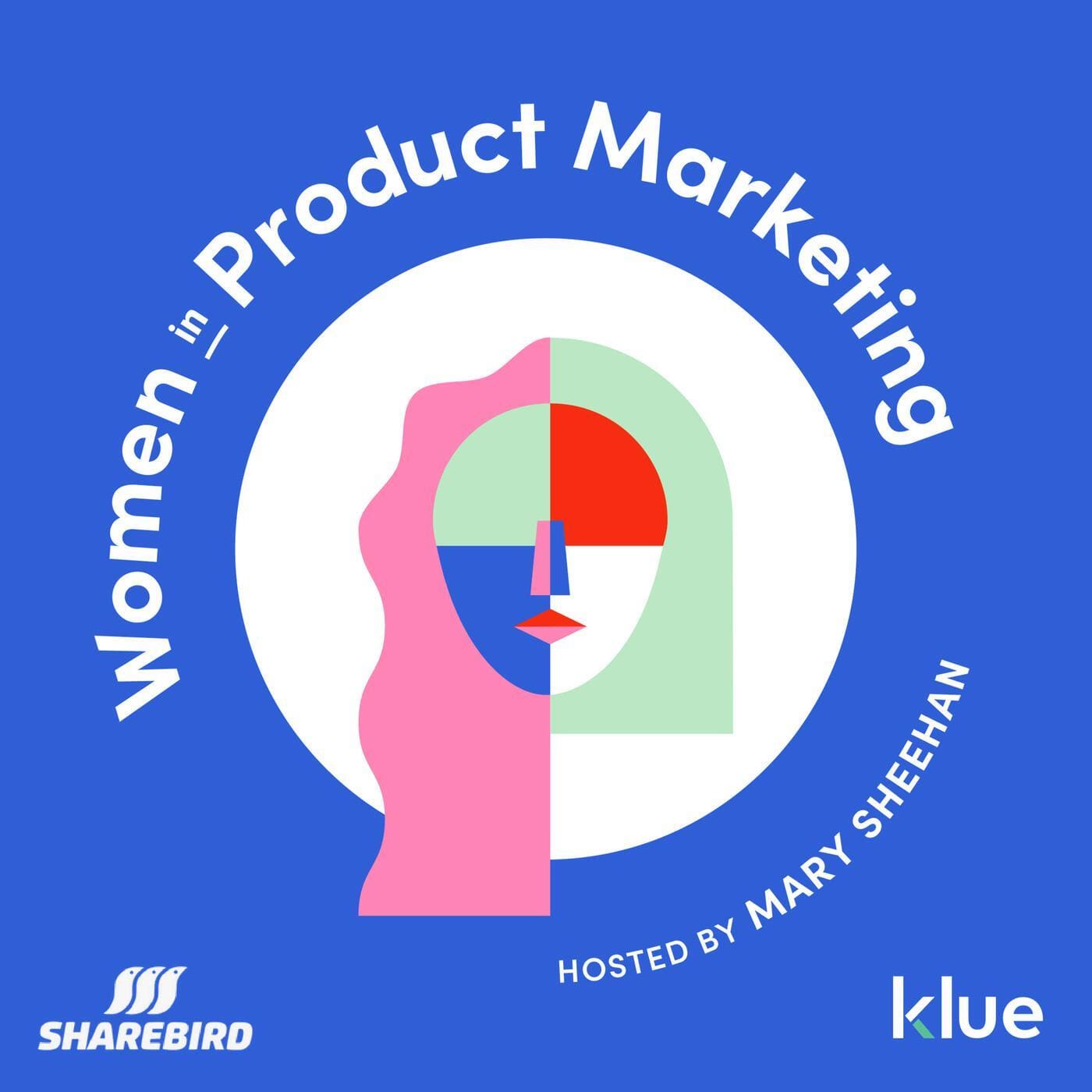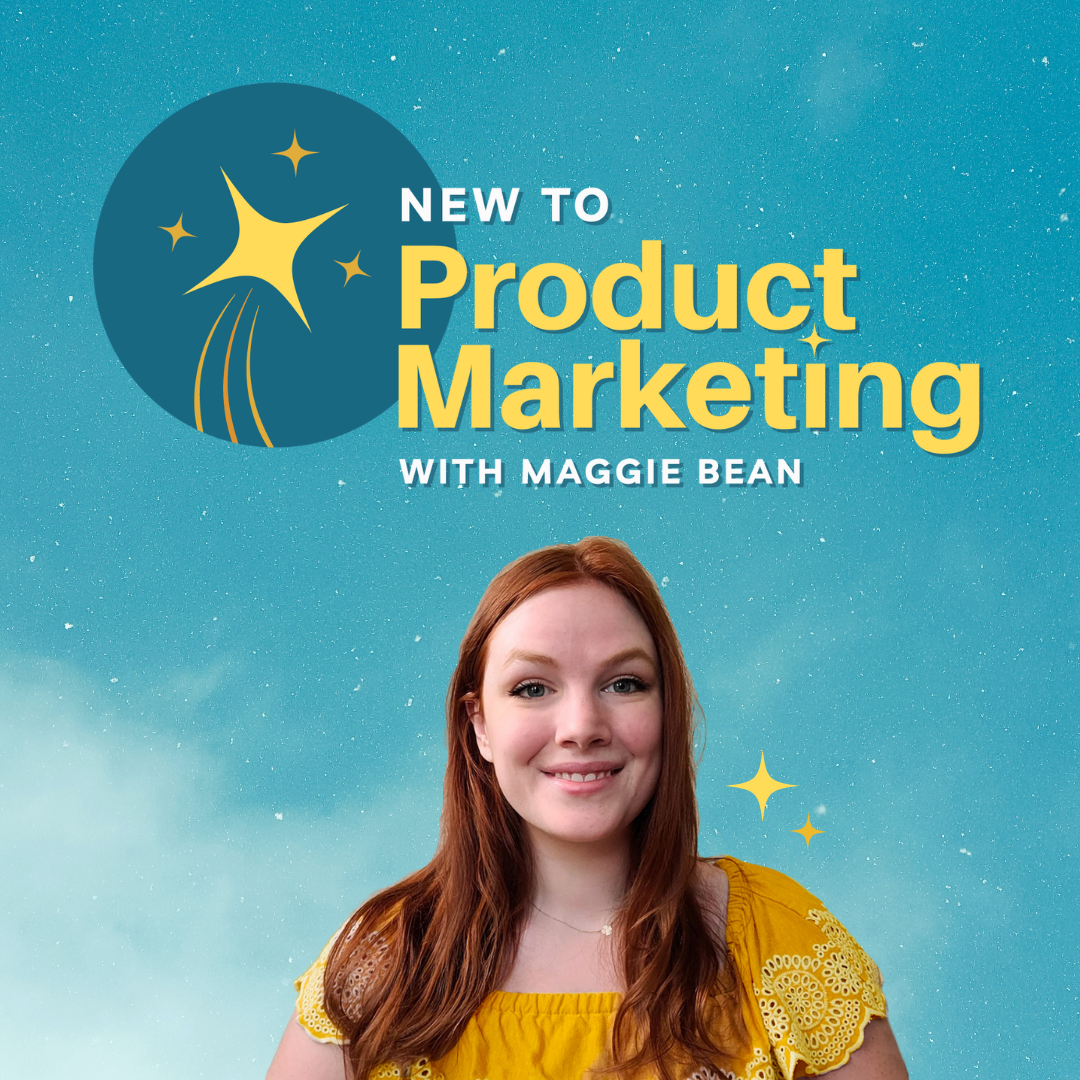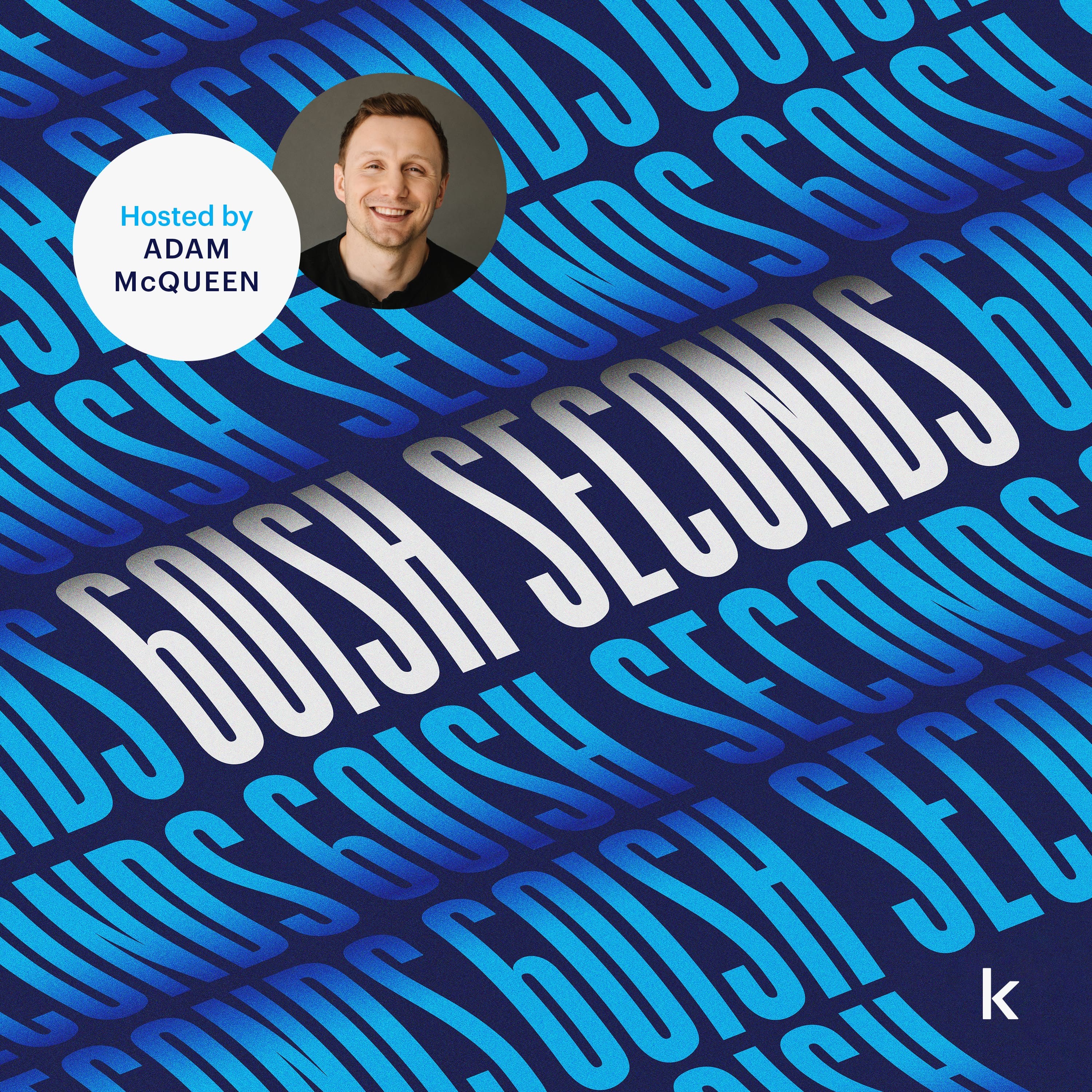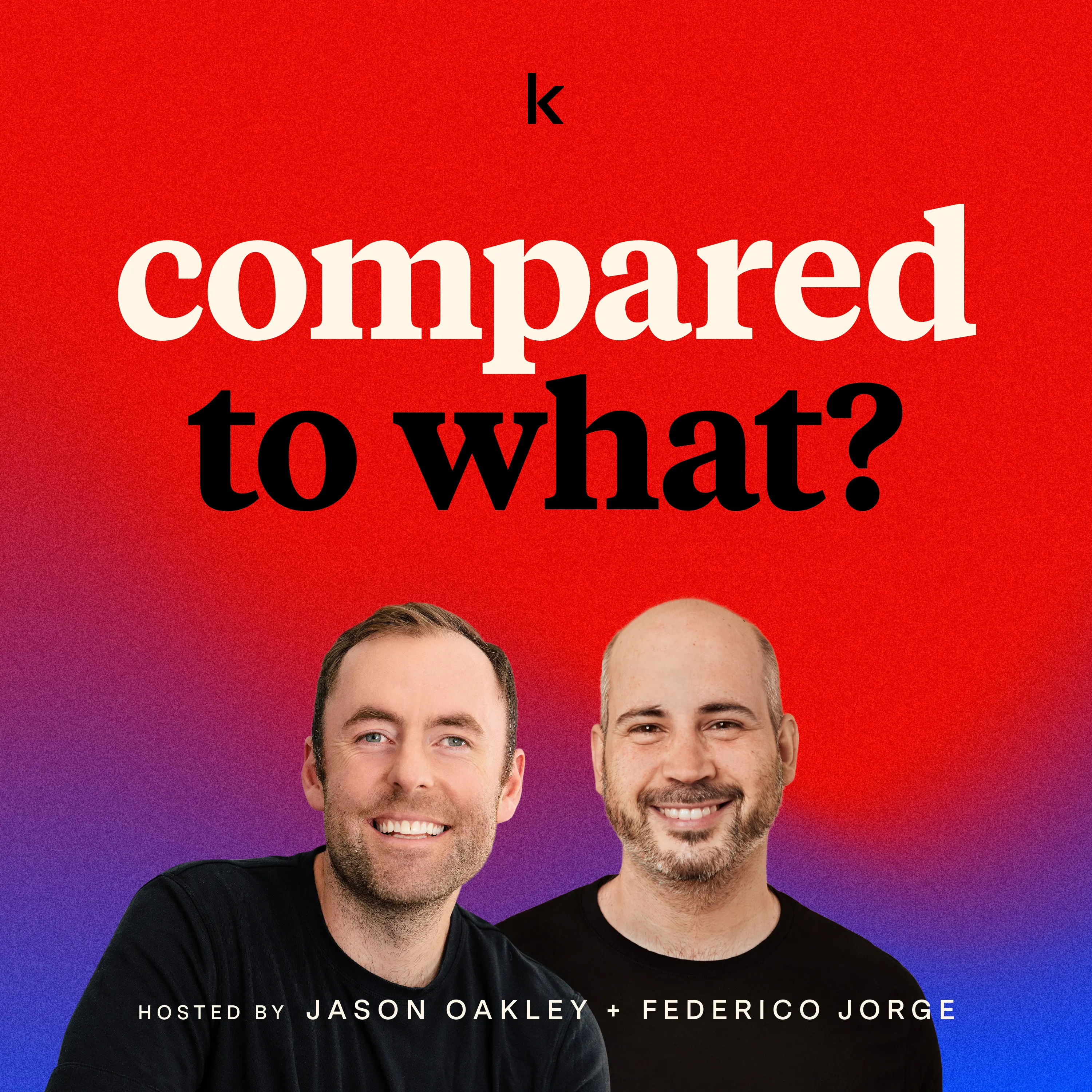Five Ways the Best Competitive Enablement Programs Operate
Customer Success Experts Sophie Baker and Honami Kawamura joined the Competitive Enablement Show to talk about the common traits of a successful competitive enablement program. Here are three takeaways from the episode.
♂️ Getting off to a good start with content and delivery ♂️
Two elements no competitive enablement program can live without: good content and effective delivery of that content. The fastest path to both starts with getting getting stakeholder feedback.
There are all kinds of tactics that might get you some quick wins, but without getting buy-in from your ends users first, you’ll be left with nothing but a “spray and pray approach”.
Honami Kawamura recalls one client in particular who took a collaborative approach to competitive enablement with great results.
“They involved sellers through the whole process from the development to roll out. They had monthly syncs with stakeholders and it was a great opportunity for them to share feedback.”
Establishing this two-way street of feedback and intel makes your content stronger, more relevant, and more likely to be adopted.
But good content that isn’t delivered well is just as big a problem as bad content.
That’s why Sophie Baker says, beyond the delivery basics like setting up a competitive intelligence messaging channel and writing a competitive intelligence newsletter, sourcing feedback on how teams like to access competitive intel is an important part of nailing delivery.
Delivery boils down to providing intel people need at the right time in the right places. Even if you think you know when and where that is, the best way to really know is talking to your end users.
It’s the first step you should take at launch, and all throughout, a compete program.


Run a competitive confidence surveys to gauge and engage your stakeholders
Competitive confidence surveys uncover more than just how confident your reps are against the competition. They help you find gaps in confidence about your compete program and content too. And when you plug those gaps, you can make some major gains in adoption.
Because beyond just beefing up your competitive content, your sales reps become more engaged since they’re seeing their feedback come to life.
For one client Honami worked with, running a competitive confidence survey got their program out of a rut.
“We ran a competitive confidence survey with a client and it really helped us to identify key themes of the type of content folks needed where we didn’t have it yet. Over the course of six months, they were able to double their adoption rate within Klue.”
Just to sweeten the pot, there’s ANOTHER huge benefit to running a competitive confidence survey. It can become a tool for you to build one of your primary competitive enablement metrics and KPIs.
Run your surveys once a quarter and compare the results over time. A big boost in confidence shines a very positive light on your program within the organization.
Watch Klue’s Competitive Enablement Manager Brandon Bedford break down the value of a Competitive Confidence Survey
You Don’t Have to Do It All Yourself
Even the mighty compete “teams of one” don’t need to do it alone. Instead, lean on the subject matter experts in your organization to help you build content, and hype, for your competitive enablement program.
Customer marketing teams already have case studies and customer quotes that can serve as powerful proof points in your battlecards. Work with them to find out which quotes and stories are out there, and how they think you can best leverage them in your compete program.
“Even if you are the only person that is creating a battlecard or owns compete, you’re never alone. So bring in those other stakeholders and don’t be afraid to do it.”
Product is another team whose expertise Sophie and Honami recommend relying on. Product understands features and functions — and their limitations — better than anyone else. That knowledge comes in handy in a battlcard.
And then you’ve got your sales reps. The ones who are the most important to enable right from the get go.
If you get feedback about the language on your battlecards (i.e. “It’s marketing lingo, I can’t use it), use that opportunity to dig deeper.
Get them to help you better understand how a particular talk track or piece of intel is best delivered in the field. Learn how they usually deposition a particular competitor. Their feedback will give you the input you need to build and deliver better content.
And you definitely don’t have to figure it all out alone.




Stay up to date with the latest from The Compete Network
Be the first to know about the newest episodes dropping on the Compete Network, upcoming shows with creators, and community events where you can learn from top leaders.
JOIN NOWNEWSLETTER

Never miss a new release on the network.
(Your competitors sure aren’t.)
Be the first to know about:
- The latest episodes dropping on the Compete Network
- Community sessions & events
- Upcoming exclusive shows


